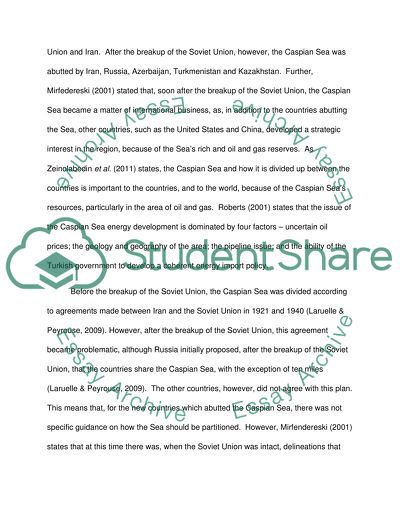Cite this document
(“Legal Case of the Caspian Sea Research Paper Example | Topics and Well Written Essays - 3750 words”, n.d.)
Retrieved from https://studentshare.org/law/1399354-legal-case-of-the-caspian-sea
Retrieved from https://studentshare.org/law/1399354-legal-case-of-the-caspian-sea
(Legal Case of the Caspian Sea Research Paper Example | Topics and Well Written Essays - 3750 Words)
https://studentshare.org/law/1399354-legal-case-of-the-caspian-sea.
https://studentshare.org/law/1399354-legal-case-of-the-caspian-sea.
“Legal Case of the Caspian Sea Research Paper Example | Topics and Well Written Essays - 3750 Words”, n.d. https://studentshare.org/law/1399354-legal-case-of-the-caspian-sea.


